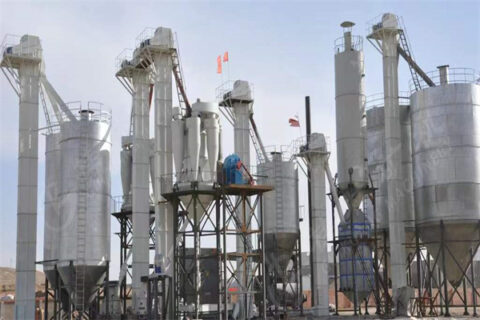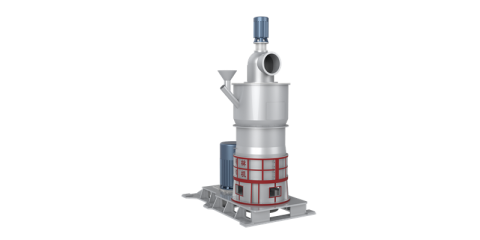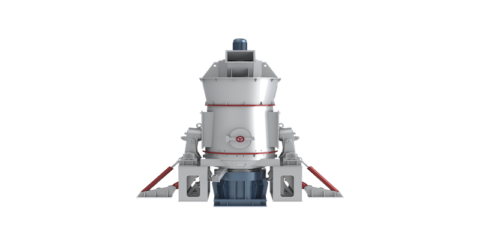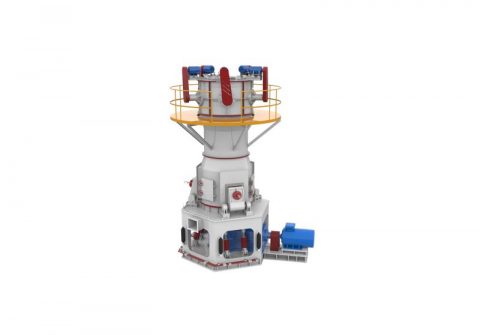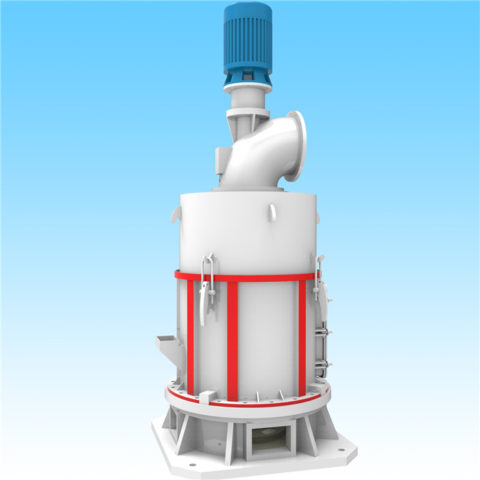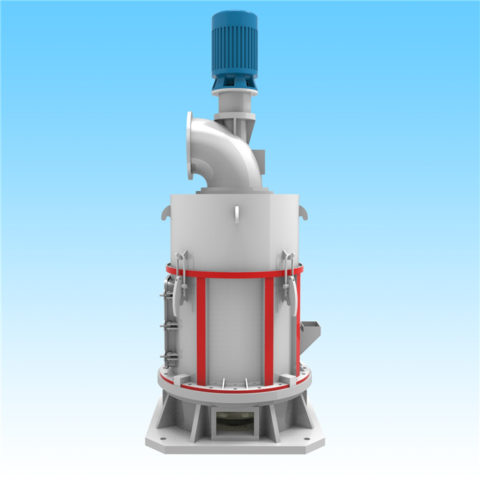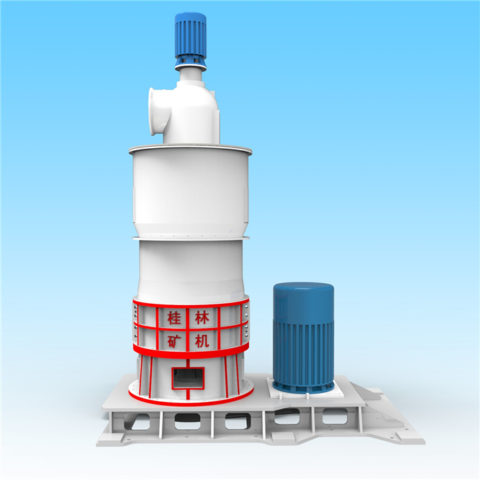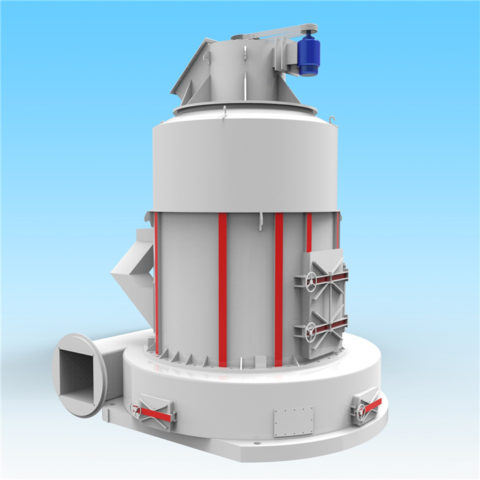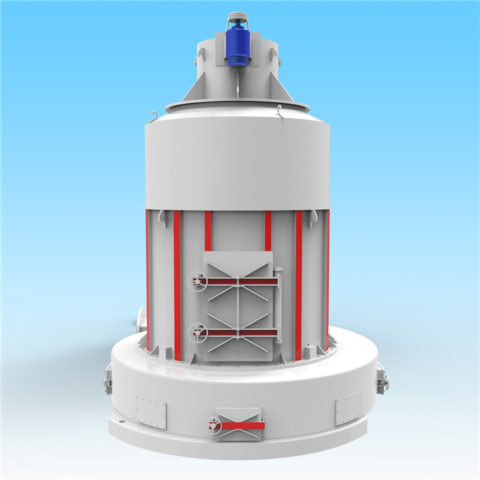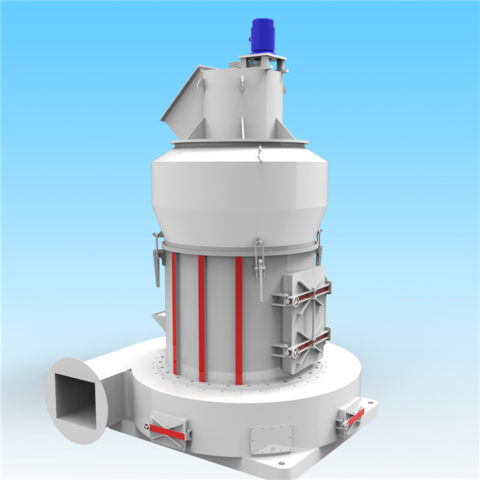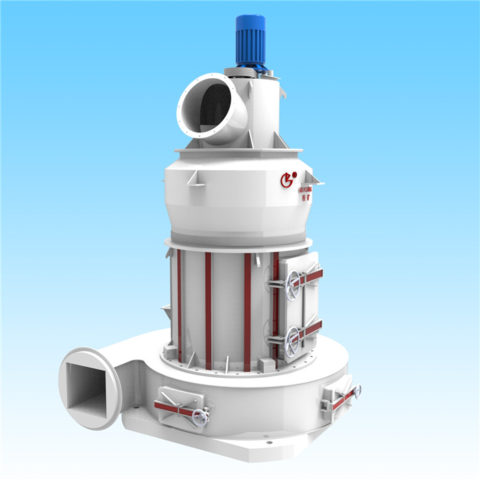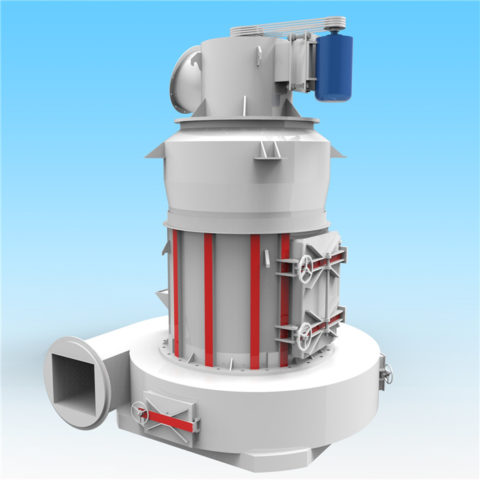Ball mill and rod mill are the common grinding equipment widely used in the mineral processing plant. They are similar in shape and grinding principle, but also different in structure, performance and application. Here are seven differences between ball mill and rod mill to tell you how to choose the ball mill and rod mill.
According to the grinding mechanism, the grinding media (steel ball or steel rod) in the cylinder is lifted to a certain height with the cylinder rotation under the effect of friction force and centrifugal force, then falls down with a certain line speed, which has a grinding impact on the materials.
Although they have the similar working principle, there are many differences between ball mill and rod mill on details.
1. Configuration of ball mill and rod mill
The proportion of cylinder shape is different. The cylinder length-diameter ratio of rod mill is generally 1.5-2.0, while the cylinder length-diameter ratio of ball mill is smaller, only slightly greater than 1.
In addition, the cylinder speed of the rod mill is lower than that of the ball mill, so the grinding medium works in the cascading state.
2. Discharging way of ball mill and rod mill
The ball mill is commonly divided into grid type ball mill and overflow type ball mill (named by the different discharging structure). The rod mill is divided into overflow type and open type rod mill, whose diameter of hollow shaft is generally larger than that of ball mill with the same specifications.
3. Grinding medium of ball mill and rod mill
The rod mill usually adopts the steel bar with a diameter of 50-100mm as the grinding medium, while the ball mill often uses steel ball as the grinding medium. The difference on grinding medium is the main difference between the ball mill and rod mill.
There is point-to-point contact between the ball mill with the steel ball, while there is line-to-line between the rod mill and steel rod. So, the working characteristics of the ball mill and rod mill are different.
4. Medium charge ratio of ball mill and rod mill
Medium charge ratio is the percentage of grinding medium in the volume of the grinder. For different grinding methods, there is a suitable range in grinder structure, operating condition, medium shape and medium charge ratio. Too high or too low medium charge ratio will affect the grinding effect. In general, the medium charge ratio of ball mill is 40-50%, while the medium charge ratio of rod mill is 35%-45%.
5. Performance of ball mill and rod mill
The final product of rod mill is coarse but uniform with fewer coarse particles and slime. In addition, and the overgrinding effect is light, and the particle size of the product is related to the situation of ore.
The ball mill is characterized by high production capacity, strong adaptability to materials, high fineness degree, fine particle size, easy to fine grinding and significant energy saving, but it also has the serious overgrinding phenomenon.
6. Stability of ball mill and rod mill
There is no inertia impact in the ball mill, which ensures the normal and efficient operation of the equipment, reduces the equipment downtime and improves the production efficiency of the ball mill.
7. Application of ball mill and rod mill
The rod mill is often applied in gravity separation and magnetic separation of tungsten, tin ore and other rare metal ores. In the second stage grinding process, the rod mill is generally used as the first stage grinding equipment with larger production capacity and high efficiency. For dealing with those soft or not too hard ores, the rod mill can be used in fine crushing rather than cone crusher, which not only has a simple configuration, low cost, but also simplify the dust removal of the workshop.
However, the grinding material is much fine for ball mill, which is easy to cause the overgrinding phenomenon. So, the ball mill is not suitable for the gravity separation of metal ore dressing.

